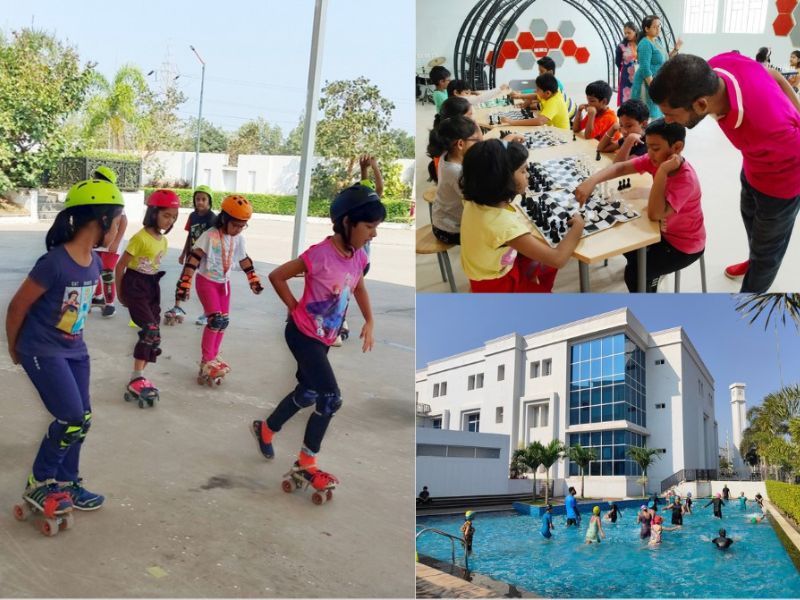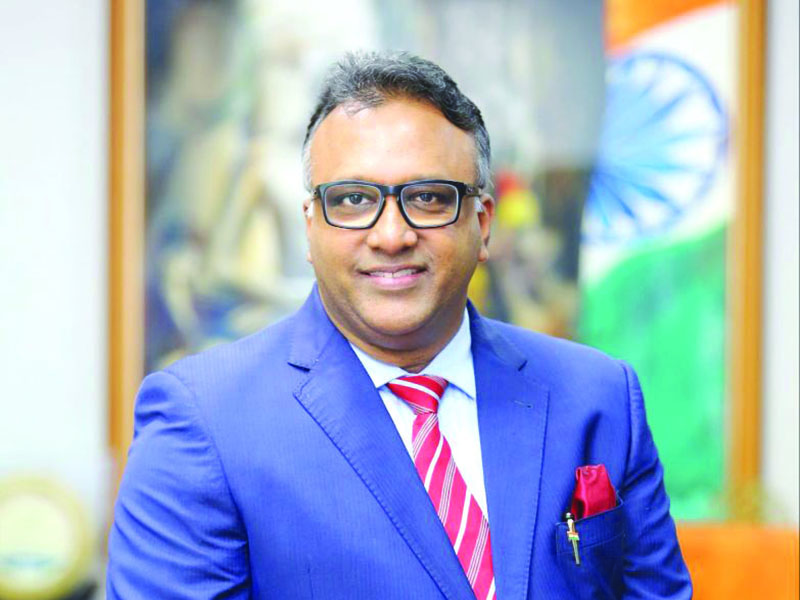Unveiling the Superpower of Under 12 Sports Enthusiasts- Nav Kreeda Fiesta Tournament
Theophane D’Souza, Principal, Navrachana International School, Vadodara – IB
Amidst the sprawling campus of Navrachana International School Vadodara, where every corner resonates with the spirit of learning and growth, history was made as the inaugural Nav Kreeda Fiesta Tournament unfolded from April 16th to 19th, 2024. This pioneering event, tailored exclusively for children under the […]






















































Poor human capital development record
– R.N. Bhaskar, senior journalist, educationist, and researcher
For chest-thumping hyper-nationalist government and ruling BJP spokespersons claiming that India is the world’s fastest growing economy, the third largest global economy and set to become a viswaguru (world teacher), UNDP’s latest Human Development Report 2022-23 is a rude awakening. India’s ranking has slipped from #130 in […]